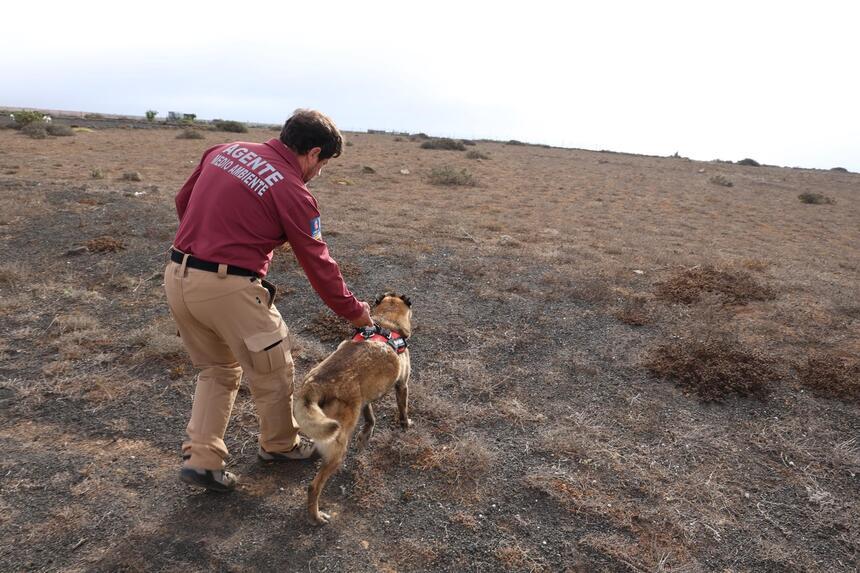Canary Islands to Enforce Ban on Grape Movement Due to Phylloxera

The Canary Islands will impose an indefinite ban on the movement of fresh grapes and vine plant material across different islands and within the island’s wine-producing regions. This measure raises both concerns and support within the wine industry, as some voices describe it as “disproportionate,” highlighting that “hundreds of thousands of kilos continue to enter from the mainland,” where the pest “is widespread.”
Initially, it was indicated that the publication of this directive could occur early this week, but it has now been confirmed that it will be released in the coming days. The Ministry reports that 697 inspections have been carried out, resulting in 667 phylloxera-free plants versus 30 infected, most of which are in abandoned fields. The two infected plants were located in a productive vineyard, with the majority of cases found in Valle de Guerra and Tacoronte.
“Hundreds of Thousands Continue to Enter from the Mainland”
Juan Jesús Méndez, from the Association of Grapegrowers and Wine Producers of the Canary Islands (Avibo), explains that the association believes the restrictions on the movement of grapes and plant material are excessive, given that only 30 infected plants have been identified and are already monitored.
He further points out that “reports are required to move grapes, which in terms of quantity and time will be impossible to generate promptly,” while “hundreds of thousands of kilos from the mainland continue to arrive where the pest is prevalent.”
“We Must Comply”
Theo Hernando, General Secretary of Asaga Canarias, emphasises that, although losses may occur and certain aspects of the measure may seem contradictory, the decision must be adhered to in order to prevent the spread of phylloxera, ensuring stability for the following year. “All these proposed measures have been agreed upon by nearly all the regulatory councils of the islands, so our growers and other organisations simply need to comply, promote these measures, and do everything possible to curb the potential spread of this pest in the Canary Islands, which would significantly impact us.”
Hernando reassures that all preventive measures will generally be welcomed, even if they result in damage to some producers during the grape harvest, given that production was already expected to be very low. In fact, he has confirmed that the Ministry is in discussions with the government to ban the import of grapes from the mainland. “It is the main source of dissemination,” he insists.
Prohibitions
During the grape harvest season, the transport of fresh grapes from Tenerife to other islands and between regions on the island is prohibited, except for authorised exceptions under health supervision. Furthermore, the movement of vine plant material, equipment, machinery, containers, and vineyard soil between islands and wine regions in Tenerife is also prohibited indefinitely.
Additionally, planting new vines will be prohibited in infected areas for at least 12 months, with mandatory phytosanitary treatments, installation of anti-weed nets, and destruction of infested plant material under technical supervision.













